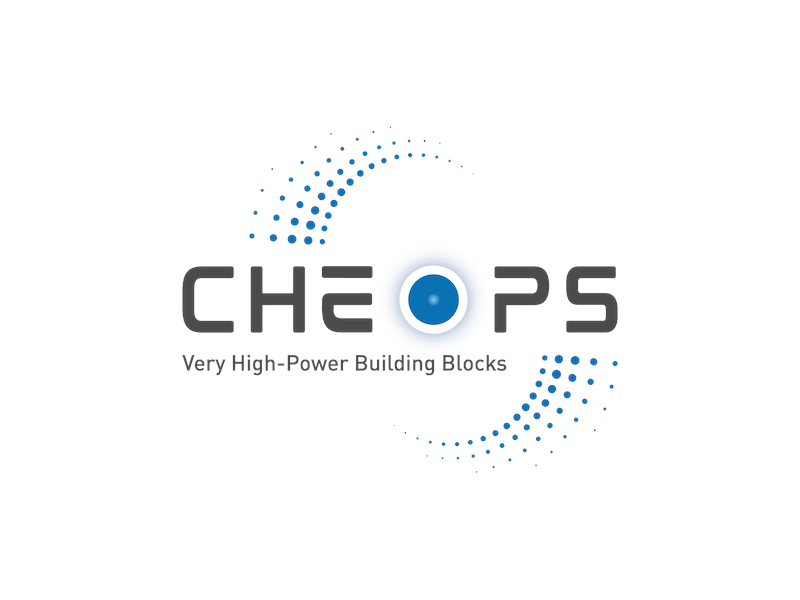CHEOPS
Very High-Power Building Blocks
Start date: 1 January 2023
End date: 30 June 2025
Project Cost: € 1 971 131,25
Project website: https://cheops-vhp-bb.eu/
DICI Team Leader: Fabrizio Paganucci
For the future of space exploration and space logistics, and to reduce costs for orbit transportation of future payloads, very high-power Hall Effect thrusters of 20 kW or above are at the forefront of several initiatives today. Be it as single or clustered units, the combined thrust of these electric propulsion systems (EPS) paves the way to allowing larger spacecraft and more ambitious missions to be envisaged. However, given that these missions would require significant burn time of the EPS, several important issues must be addressed that go beyond the simple ability of manufacturing larger EPS components. Specifically, qualifying such electric thrusters for lifetime is currently a showstopper.
In the race to the Moon and Mars, as well as other lucrative commercial missions within earth’s orbit beyond 2030, the European Space industry must catch up with the US. Studies within Europe have already been initiated for the incremental development of 20-kW class Hall thrusters such as the FP7 HiPER project which produced the PPS®20k ML thruster up to TRL4, FP7 CHEOPS project which permitted SITAEL to develop their 20kW HET, ESA projects allowing UNIPI to develop their nested multi-channel TANDEM thruster or the ongoing H2020 ASPIRE project led by SITAEL.
Nevertheless, given the challenges and the opportunities that VHP present, research such as proposed in CHEOPS-VHP-BB must be anticipated now ahead of its effective deployment in 2030-40. Project activities will complement ongoing thruster-focused development activities with research and development on key building blocks essential for the future use of VHP Hall thruster systems: overall system architecture against various mission use cases, robust and cost-effective approach to qualification using Probabilistic Failure Analysis, manufacturability of key components subject to wear, notably the discharge chamber and cathode and the ability to envisage alternative propellants and power sources for future missions.







